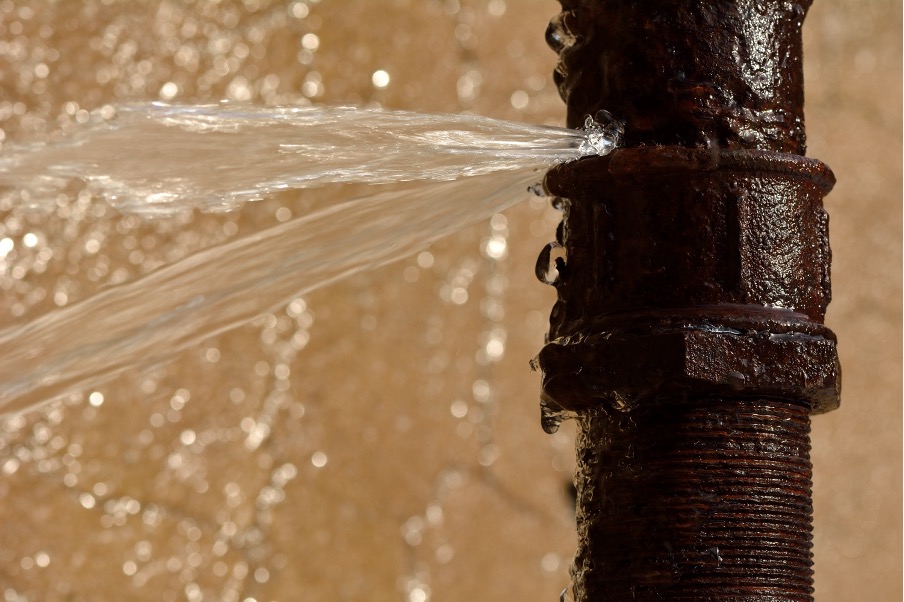We have noticed this article on Locating water leaks down the page on the web and concluded it made good sense to share it with you over here.

Early discovery of leaking water lines can minimize a prospective catastrophe. In addition to conserving you money, it will certainly reduce the worry and frustration. The moment you locate a leakage, calling your plumber for repair work is the very best solution. However, some little water leaks might not be visible. Right here are some hacks that aid if you can not discover it with your nude eyes.
1. Check Out the Water Meter
Examining it is a surefire means that helps you find leakages. If it moves, that shows a fast-moving leakage. This means you may have a slow-moving leak that might also be below ground.
2. Check Water Intake
If you identify unexpected changes, despite your intake being the very same, it implies that you have leaks in your plumbing system. An unexpected spike in your bill indicates a fast-moving leakage.
At the same time, a stable rise on a monthly basis, despite the very same practices, reveals you have a slow leakage that's also slowly intensifying. Call a plumber to thoroughly inspect your residential or commercial property, particularly if you really feel a cozy area on your floor with piping beneath.
3. Do a Food Coloring Test
When it comes to water consumption, 30% comes from bathrooms. If the color in some way infiltrates your dish during that time without flushing, there's a leakage between the container as well as dish.
4. Asses Exterior Lines
Don't fail to remember to inspect your outside water lines as well. Test faucets by attaching a garden pipe. Needs to water leak out of the connection, you have a loose rubber gasket. Replace this and make certain all connections are limited. It will assist obtain it skillfully analyzed as well as maintained yearly if you have actually got a sprinkler system. One tiny leakage can throw away lots of water as well as spike your water expense.
5. Evaluate the scenario and evaluate
Property owners need to make it a behavior to examine under the sink counters as well as also inside closets for any type of bad odor or mold development. These two warnings show a leak so timely interest is called for. Doing routine examinations, even bi-annually, can conserve you from a major issue.
Inspect for stainings and damaging as many appliances as well as pipelines have a life expectations. If you believe leaking water lines in your plumbing system, do not wait for it to intensify.
Early discovery of dripping water lines can minimize a possible calamity. Some little water leakages may not be visible. Examining it is a proven means that helps you discover leaks. One tiny leakage can squander heaps of water and surge your water bill.
If you suspect leaking water lines in your plumbing system, do not wait for it to escalate.
WARNING SIGNS OF WATER LEAKAGE BEHIND THE WALL
PERSISTENT MUSTY ODORS
As water slowly drips from a leaky pipe inside the wall, flooring and sheetrock stay damp and develop an odor similar to wet cardboard. It generates a musty smell that can help you find hidden leaks.
MOLD IN UNUSUAL AREAS
Mold usually grows in wet areas like kitchens, baths and laundry rooms. If you spot the stuff on walls or baseboards in other rooms of the house, it’s a good indicator of undetected water leaks.
STAINS THAT GROW
When mold thrives around a leaky pipe, it sometimes takes hold on the inside surface of the affected wall. A growing stain on otherwise clean sheetrock is often your sign of a hidden plumbing problem.
PEELING OR BUBBLING WALLPAPER / PAINT
This clue is easy to miss in rooms that don’t get much use. When you see wallpaper separating along seams or paint bubbling or flaking off the wall, blame sheetrock that stays wet because of an undetected leak.
BUCKLED CEILINGS AND STAINED FLOORS
If ceilings or floors in bathrooms, kitchens or laundry areas develop structural problems, don’t rule out constant damp inside the walls. Wet sheetrock can affect adjacent framing, flooring and ceilings.
https://www.servicemasterbyzaba.com/blog/how-to-detect-water-leakage-in-walls/

I came across that piece of writing about Detecting hidden plumbing leaks when doing a search on the search engines. Sharing is nice. You just don't know, you could be helping someone out. Thank you for going through it.
Book A Service Call